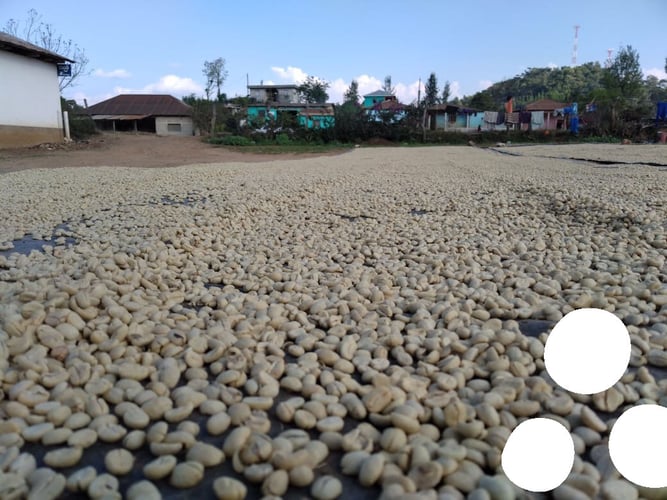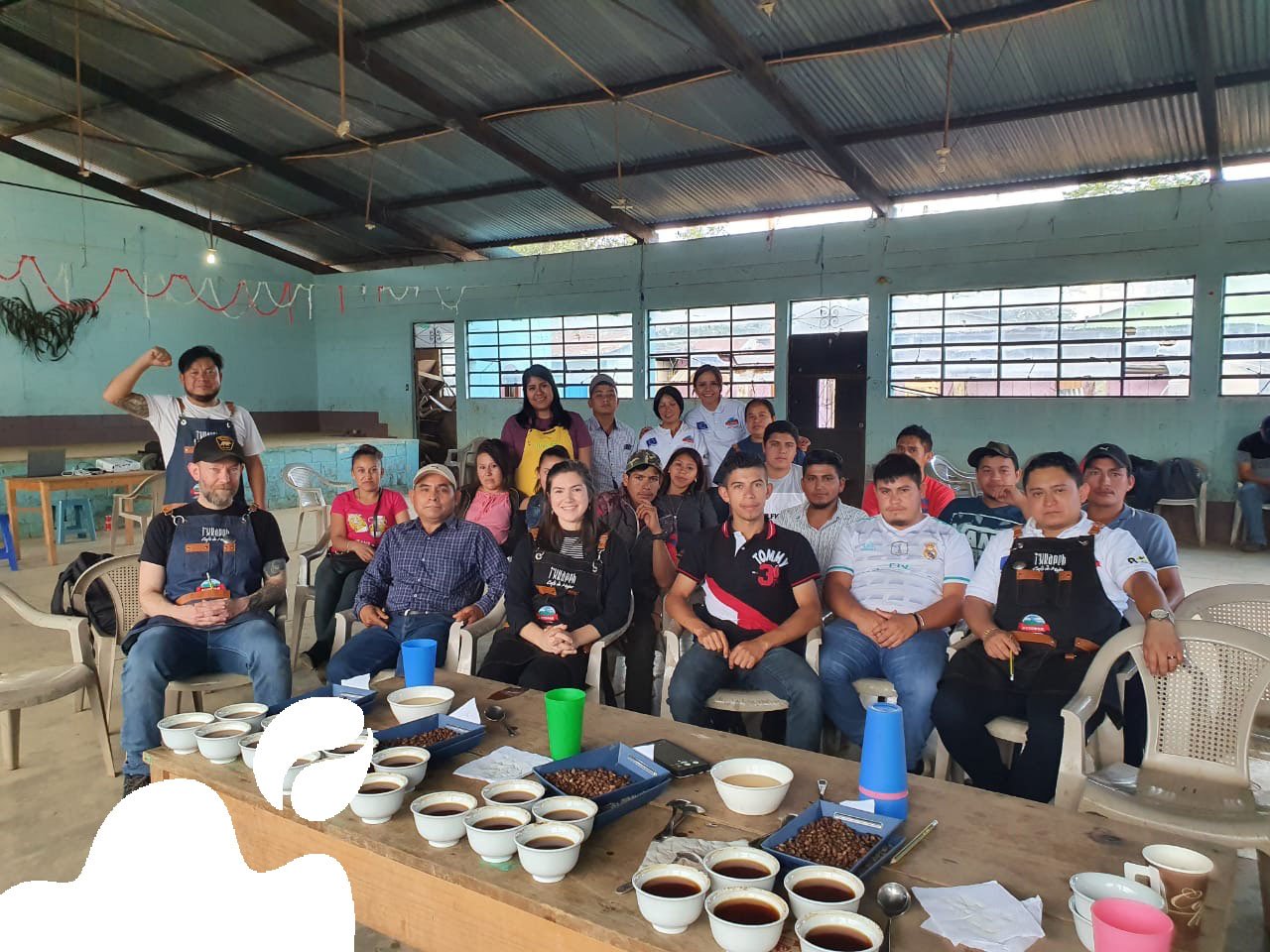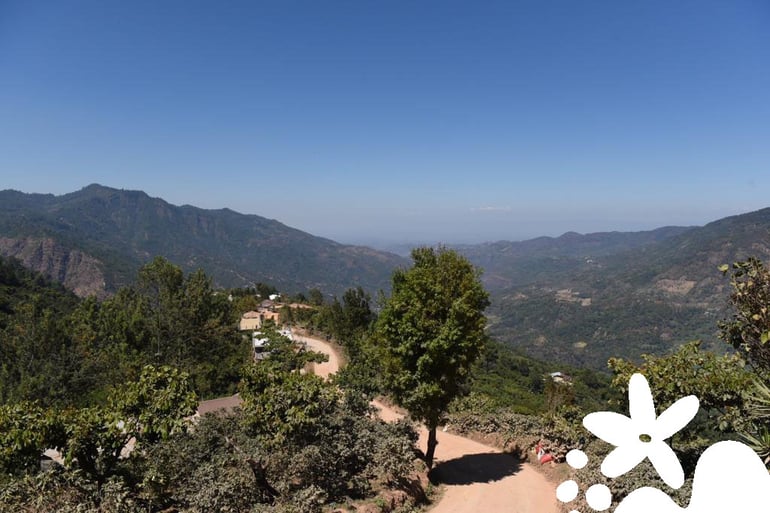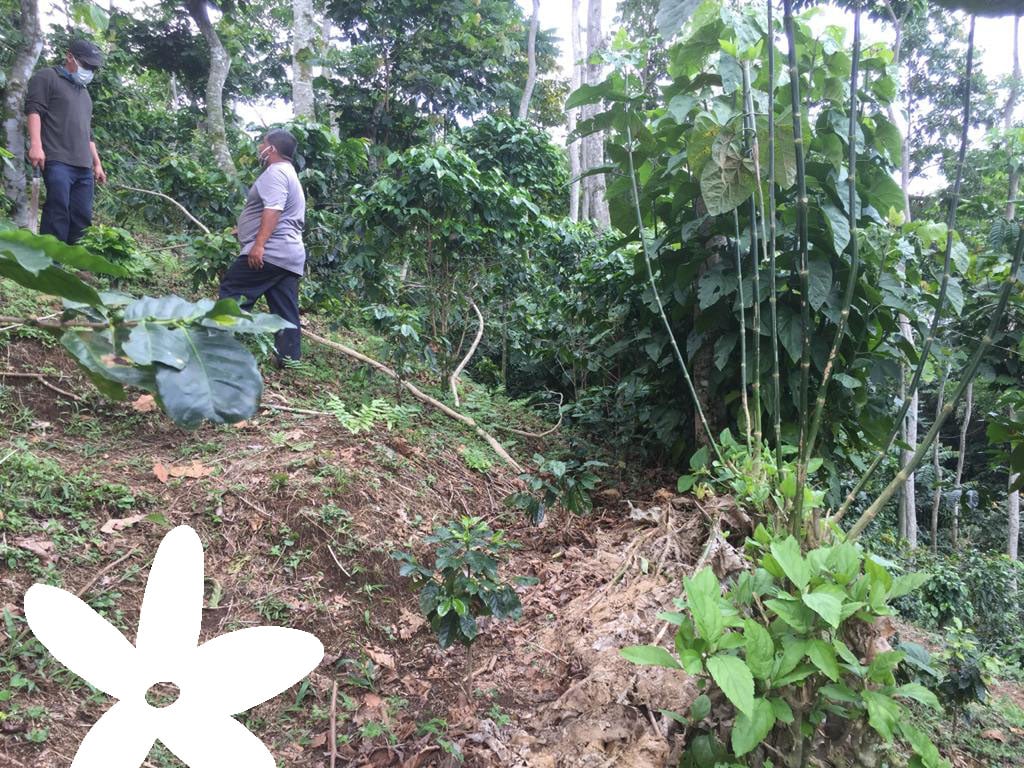
Guatemala is the favorite origin of many coffee drinkers around the world, not only for the varied range of flavors you can find from this Central American country, but also for the amazing quality and consistency its coffee have to offer—as well as the amazing views, food, and incredible people you can find whenever you visit! So, as this year’s Guatemalan coffees arrive, we decided to dive a little deeper into how this country has maintained its quality over the years.
To do so, we reached out to some our partners there: Doris Quijivix, Sustainable Harvest’s supply manager and coordinator in Guatemala; Felix Camposeco, manager at the cooperative ACODIHUE; Juan Francisco Gonzalez, manager of the FECCEG co-op; and Gino Roverssi and Peter Engelhardt, part of the quality control team at green coffee company Dinamica Coffee. All of these incredible Guatemalan coffee professionals talked about how the country’s goal of maintaining the consistency and quality of its coffee is tied to the hard work of thousands of farmers across the country. Read on to find out what they shared with us!
________________________________________________
Evolution of the industry
Coffee has been one of Guatemala’s main agricultural exports for centuries, and even though this coffee-producing country has been recognized for its quality for many years, the Guatemalan coffee industry has evolved of late. In the past decade, we've noticed farmers implementing better agricultural practices, increasing their knowledge around coffee, and getting more involved in trainings to be able to better taste and understand their coffee, thus improving their quality. We’ve also seen farmers looking for ways to reach new markets, and of course, the increased in-country consumption as Guatemalans have been searching out better-quality coffee. Doris mentions that this in-country interest in specialty coffee could be related to the increased number of cafés, local roasters offering better coffee, and consumers appreciating the hard work behind a good cup of coffee.
According to Peter, Guatemalan coffee has made wholesale improvements. He explains that 10 or 20 years ago, you could find “plain coffees” with not very exciting characteristics: “You could find coffee that was great to sell as volume coffee.” He says that after the crisis of la roya hit Central America almost a decade ago, farmers started making some changes. “You used to find coffees of around 300-600 meters above sea level (m.a.s.l.); now you can find coffees at around 2,000-2,500 m.a.s.l., something that has really helped us increase the quality of our coffee,” Peter says. He explains that a few decades ago, farmers evaluated their coffee using just an altimeter, which did not give an accurate representation of its quality. But he says that has changed, thanks in part to the country’s farmers accessing the Specialty Coffee Association’s quality standards, which they now strive to meet.

Farmers across Guatemala are also making quality improvements at the seed level, growing new-to-them varieties such as Geisha, Pacamara, and Villa Sarchi. Peter says this has helped farmers increase the overall quality of their coffee, as the varieties have adapted greatly to Guatemala’s soil and are more resistant to la roya and other plagues than more traditional varieties, even though traditional varieties are still grown in various parts of the country.
According to Doris, the hard work that cooperatives and organizations do with small farmers and producer groups has also had a positive impact. “Farmers get more involved, they care about their coffee, they want to know where it goes, they want to try it,” she says. “It’s not a transaction anymore; they want to position their coffee well." Felix from ACODIHUE has witnessed this as well: He says that a few years ago it was common to see farmers sell their coffee to multinational companies, not knowing where it would end up. But now, Felix says, more and more farmers are selling their coffee to companies that can guarantee traceability—for them and for buyers—which he believes also serves as motivation for farmers, as they get to interact with buyers and establish long-term relationships.
Adjusting to the specialty-coffee market
Because of the consistent quality of Guatemalan coffees and its farmers’ desire to continue to improve it, the country has adapted incredibly well to the demands of the specialty-coffee market. Instead of being a “good blend component,” it has become the favorite single-origin of many!
“There’s a wide offering of specialty coffee, clients who are looking for that quality, and farmers who are willing to keep working hard to deliver it,” says Juan Francisco of FECCEG. Doris explains that the behavior of some enterprising farmers has helped inspire others in the community. “Change hasn’t been easy, but for some farmers, seeing their neighbor getting paid better has incentivized them to start making changes in their farming practices, varieties, and overall work to achieve that same quality that others are getting," she says. Peter agrees, adding that he has witnessed “old-school producers” starting to change their mindsets as they see the results and better prices others are getting.
Juan Francisco explains that buyers in the specialty-coffee market have additional demands of farmers in producing higher-quality coffee, but that Guatemalan farmers have been able to meet those demands. This is thanks in part to the country’s many geographical advantages, including its wide range of microclimates—around 40,000, according to Peter—that allows the country’s farmers to offer a wide variety of profiles. “There are farms that can offer two or three different cup profiles, thanks to the topography, difference in soils, and volcanic soils our country has to offer,” Peter said. And thanks to this variability and the great practices many farmers have implemented, Guatemala has been able to keep surprising us with its quality, as well as to adapt greatly to the demands of the market.

Some challenges and a change of mindset
Resiliency is something that characterizes our industry, and Juan Francisco believes that this characteristic has helped Guatemalan farmers get back on track after challenging times. Doris says that this resiliency wouldn’t be possible without Guatemalan farmers’ tireless efforts. “Quality and consistency are two things that characterize our coffee, but I also believe that farmers, not being afraid of rolling up their sleeves and working passionately, have been key to achieving consistency across the supply chain in Guatemala, even through tough times, and even if prices are not at their best," she says.
Doris says that one of the biggest challenges for coffee farmers in Guatemala is that many of them don't have access, or the opportunity, to work with cooperatives or transparent organizations. Instead, they must continue to work with “coyotes,” or intermediaries who often promise farmers great prices but end up taking advantage of them. Doris believes that even though cooperatives are doing a great job of building trust with their member farmers, there is still a long way to go in some regions of the country.
Besides challenges that need to be addressed from the inside out of the supply chain in Guatemala, another great challenge facing this country—and all coffee-producing nations—is climate change. Peter says the effects of climate change are not only affecting coffee quality and the well-being of farms, but they also can have a great impact on the lives of farmers. Some farmers, after seeing their land devastated due to the impact of heavy rains, hurricanes, and strong storms, have left their farms. But Peter believes that working closely with farmers—from providing guidance on which seeds they plant to teaching them how to prepare pre-shipping samples to understanding the financial side of coffee—helps motivate them. In recent years, Peter says, many farmers have stopped seeing coffee as “just a piece of land they inherited and have to work with," and are now seeing it more like a business or “their company.”

Access to information
According to Gino of Dinamica Coffee, this sustained quality and adaptation to the market is directly tied to farmers being able to access education around coffee easier than ever before. Social media, online platforms, and other virtual tools have helped to widen their perspectives, offering a window to other countries’ best practices in coffee, trends in the market, and more. He explains that at Dinamica, they’ve always worked with quality coffee, and they’re using training, close supervision, and direct relationships with farmers to maintain the high level of quality they offer their clients. “Transparency and communication have made an incredible impact within the chain,” he says.
This access to information has also helped incentivize farmers to get more involved in the process of what happens to their coffee after it’s sold. “Now with the use of smartphones, farmers reach out to us and even talk to us about scores and profiles,” Gino says. “It’s amazing to see how they want to learn more and get more involved.”
Not only are farmers looking for ways to stay informed using online platforms, but Peter also mentions that they are seeing farmers looking to participate in more trainings, trying to earn certifications like Q Grading or Q Processing, and even implementing changes in their farms like adding quality control laboratories. “All these changes are making commercial relationships better,” Peter says. “Producers are starting to ‘specialize’ in coffee and get more involved in the industry,” which he says is benefiting the coffee industry as a whole.
Where is Guatemala heading?
We are fortunate to say that not only do we have beautiful coffees from Guatemala to offer you, but thanks to our partners at origin, this coffee has an impact. As Felix of ACODIHUE says, “We are changing the lives of farmers through it," as we’re helping to improve the livelihoods of hundreds of Guatemalan families by paying fair prices and working closely with them. “Thanks to those fair prices they get, we've seen farmers invest the money in their houses and farms, choosing coffee over migrating to find better opportunities," Felix says. And as mentioned earlier, some farmers are now seeing coffee through a different lens, looking at it as a business they have to invest in and a long-term career.
Juan Francisco says he believes that farmers have reached a “level of maturity” that will help them to continue delivering consistent quality—and to keep innovating while doing so. He also says it's more common to find new processing methods being implemented, as well as more farmers investing in trainings and technology. He believes this behavior will keep strengthening the Guatemalan coffee industry—so we expect to see better and better quality in the years to come!
________________________________________________
Besides working to improve farming practices and the quality of Guatemalan coffee, this country and many organizations in it—including our partners—have been working hard toward making an impact in the lives of small farmers, women producers, and a new generation of coffee professionals. We’ll be exploring these activities in a different blog post coming soon, looking at a few initiatives our partners have been working on to make a real difference!
Subscribe to our blog here to make sure you get the next update. And if you are ready to start exploring this year’s offerings from Guatemala, check out our current spot offerings here!



.png)
